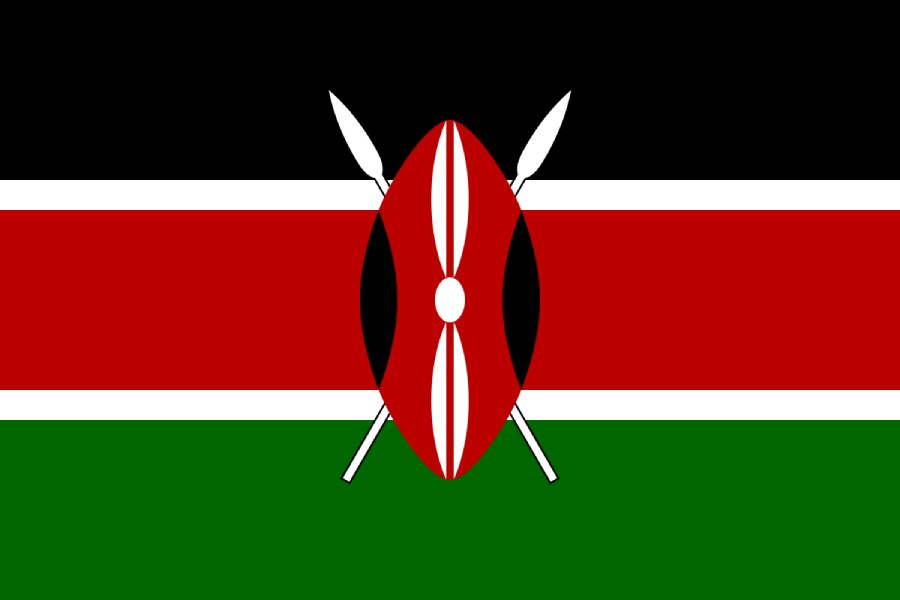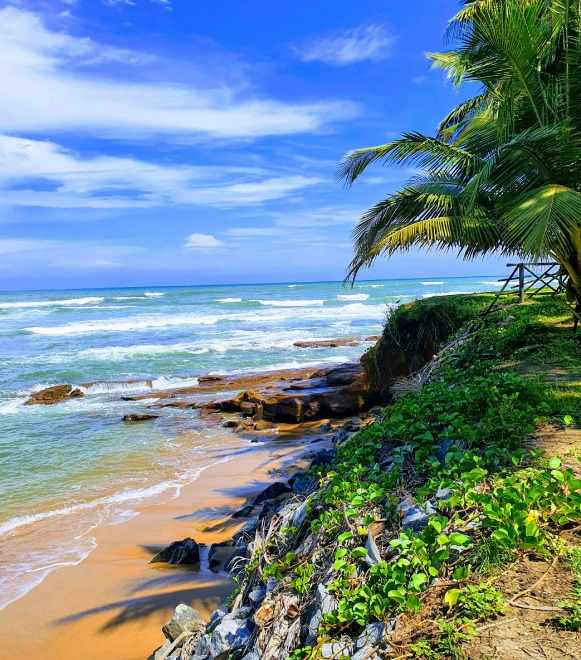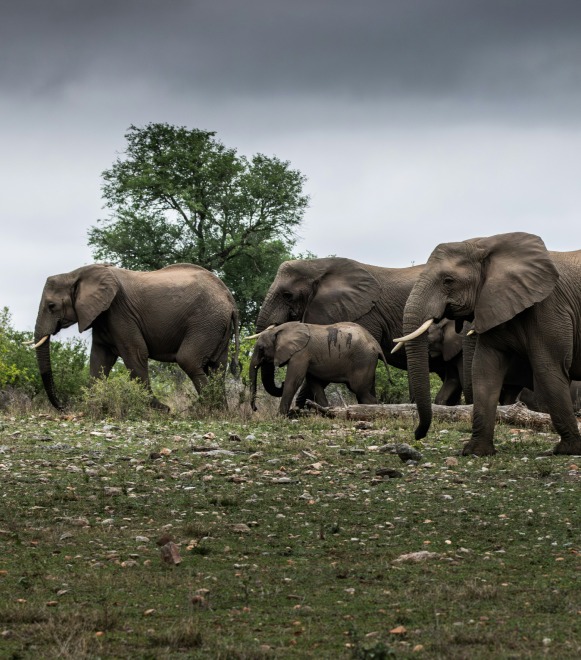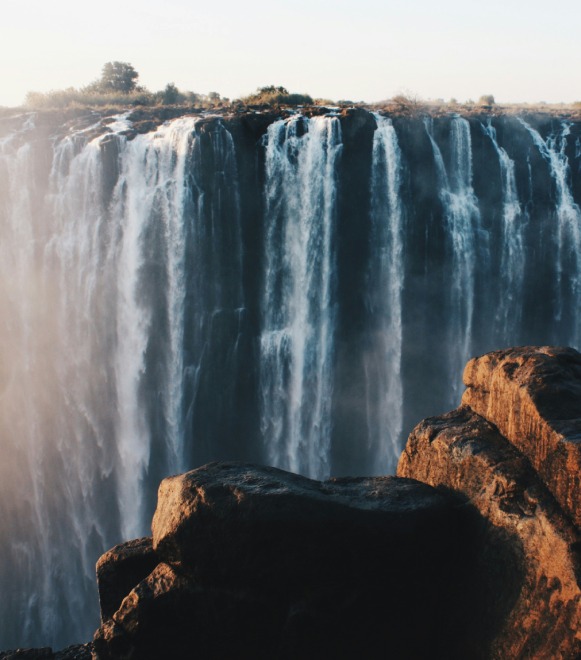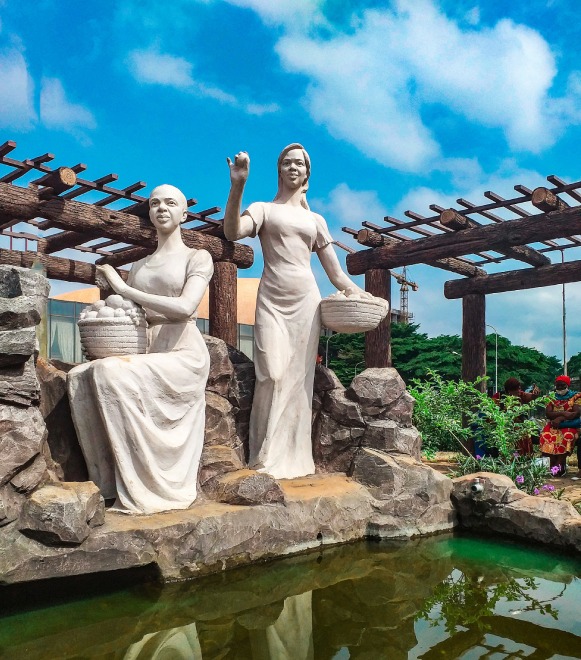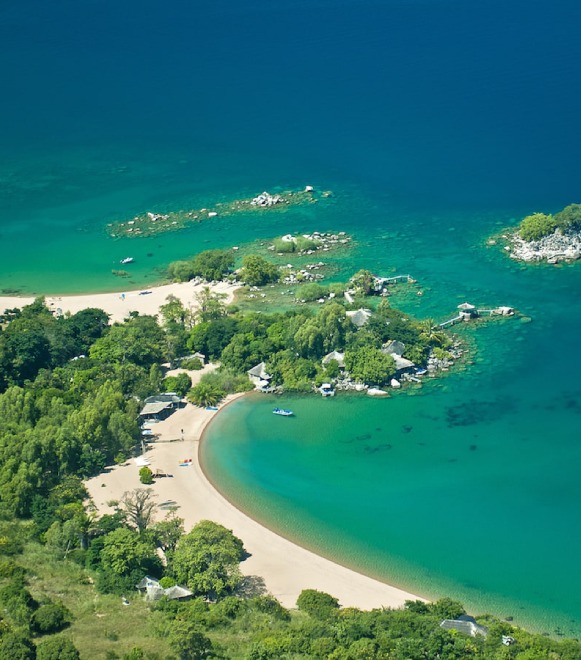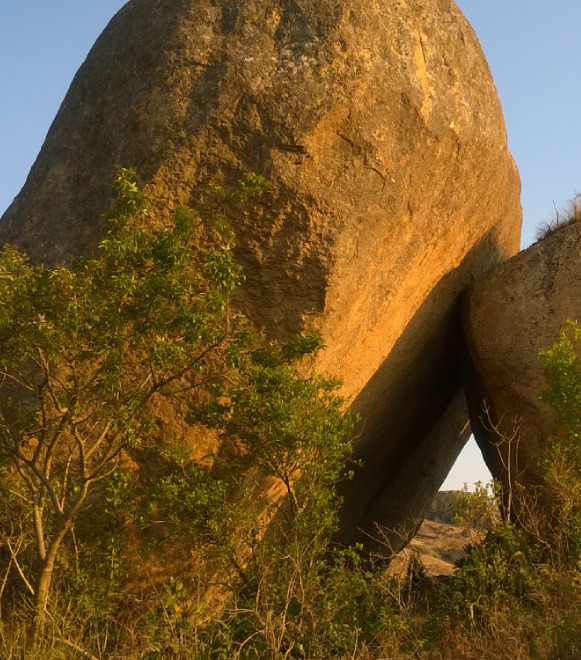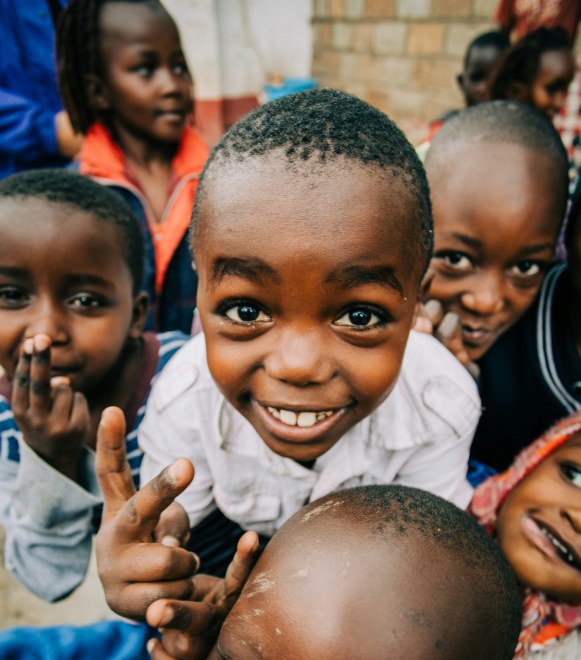Kenya
Welcome to a captivating journey through Kenya’s rich heritage, where history comes alive and cultures thrive. Let’s embark on an adventure that will unlock the secrets of this remarkable country.
Did you know that Kenya got its name from the towering Mount Kenya? This magnificent peak, the second highest in Africa, was cherished by the Kikuyu people, who named it “Kirinyaga” – meaning “mountain of whiteness” due to its snow-capped summit. When the British colonisers arrived, the name evolved into “Kenya,” because the British could not to pronounce “Kirinyaga” correctly. Let’s explore this fascinating connection between nature and history (https://kenyaembassydc.org/aboutkenyahistory/).
A Land of Diversity and Discovery
Situated on the east coast of Africa, Kenya’s equatorial charm is irresistible. It shares borders with Somalia, Ethiopia, Sudan, Uganda, and Tanzania, while the Indian Ocean caresses its eastern shores. This prime location has fostered a diverse tapestry of cultures and a wealth of human evolution.
Echoes of Ancient Footprints
Kenya’s history begins in the Stone Age, over 2 million years ago, a story of human cultural evolution etched into the earth. Across vast epochs, from the ancient Stone Age to the Neolithic era of 10,000 to 2,000 years ago, the landscape has witnessed human progress. The Iron Age, pre-colonial times, and modern times all contribute to the intricate story of Kenya’s past. Find more information here: https://artsandculture.google.com/story/how-kenya-became-the-cradle-of-humankind/FAJCf9Oq7jWqIA
Resilience and Rebirth
Fast forward to the 8th century, when Islamic immigrants graced the coast, followed by intrepid Portuguese explorers. The 19th century saw the arrival of the British, opening a new chapter in Kenya’s history. This was an era of resistance and rebellion against colonial rule, culminating in the indomitable Mau Mau uprising of 1952.
Road to Independence
Kenya’s quest for autonomy led to constitutional reforms and landmark moments. In 1963, internal self-government was achieved, and on a triumphant 12th December, independence was celebrated with the innovative Majimbo Constitution, which granted significant autonomy. A new dawn rose in 1964, when Kenya became a republic, led by the visionary President Mzee Jomo Kenyatta.
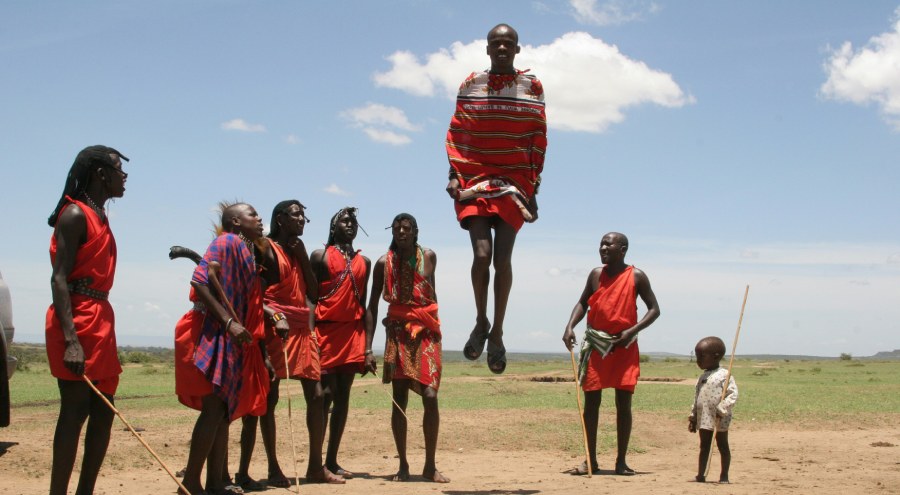
A Legacy of Leadership
Following a dynamic political landscape, Hon. Daniel arap Moi led Kenya for 25 transformative years. In 2002, a new chapter began with the election of the third President, Hon. Mwai Kibaki, heralding a promising era of change and progress. The current President in August 2022, then Deputy President William Ruto, won the presidential election by a narrow margin with 50,5% of the vote. His main opponent, Raila Odinga, won 48.8%. Incumbent President Uhuru Kenyatta couldn’t run for a third term. Odinga challenged the results in the Supreme Court, but on 5 September, the court confirmed Ruto’s voctory (https://www.bbc.com/news/world-africa-13681341).
Explore, Experience, and Embrace Kenya
Our journey through Kenya’s history is just the beginning. Join us as we delve into the ancient mysteries and courageous struggles that have shaped this vibrant nation. Discover a mosaic of cultures, a legacy of resistance, and a path to a brighter future (https://www.un.int/kenya/kenya/general-information-about-kenya).
Uncover more fascinating facts about Kenya’s wonders and treasures here:
https://www.african-adventures.co.uk/10-facts-you-maybe-dont-know-about-kenya/
Partner organisation
Footprints for Change (F4C)
Footprints for Change (F4C) is a youth-led and youth serving organization established and formally registered in 2014 as a community-based organization in Kenya. They are a non-profit change making organization comprised of youth seeking to advance the welfare of current and future African societies. They exist to transform youth through innovative empowerment programs in civic engagement, leadership, and peace building. Hence, they seek to capitalize on the youth bulge by equipping them for conflict transformation and systemic social change; nurture accountable leadership among youth for sustainable governance and develop cultures of peace by advocating for values and attitudes based on respect for life (dignity), non-violence, civic engagement, justice and reconciliation for sustainable peace. Their ambition is to continually build peaceful and sustainable societies by empowering youth to take charge of their futures and impact the change they want to see. They create and work through mentorship-like platforms with an attempt to re-socialize the youth for responsible civic engagement. Their vision is “a civically responsible youth for an accountable leadership and peaceful society”.
Good to know
Dressing
Before travelling to Kenya, it is important to be aware of the country’s diverse cultures and traditions. Modest dress is common, especially when visiting religious or conservative/traditional areas.
Dos and Don’ts
With the above tips in mind, you’ll be ready to experience all the wonders that Kenya has to offer! Here are some few Dos and Don’ts you can look at to improve your experience: https://culturalatlas.sbs.com.au/kenyan-culture/kenyan-culture-do-s-and-don-ts
Food
Kenyans are known for their meat-loving culture. There are about 40 different ethnic groups in Kenya, each with its own unique food culture. As a result, there is no single dish that represents all of Kenya. While different communities have their own native foods, the staple foods in Kenya include grains (maize, millet, sorghum and others depending on the region) eaten with various meats and vegetables. Foods that are universally eaten in Kenya are ugali, sukuma wiki and githeri. Learn more about these foods here: https://www.kenyasafari.com/food-of-kenya.html
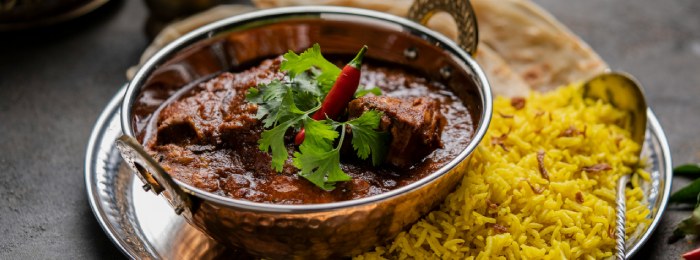
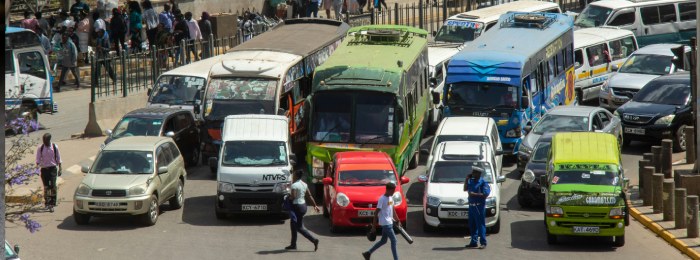
Transportation
The most common form of transport used by Kenyans is the “Matatu”. These are usually minibuses whith a board showing the destination they are travelling to and are considered by most to be cheaper and more reliable. Other forms of transport readily available in the major cities inclue taxi hailing services such as Bolt, Uber and motorbikes locally known as boda boda.
Stereotypes
There are several misconceptions among some Kenyans, especially in the slum areas, about foreigners, especially those of European descent, also referred to as “Muzungu” – a Swahili name meaning ‘white man’. The perception is that all white people speak English and have come to the community to offer humanitarian or financial assistance. P.S. Be prepared to greet countless children and adults.
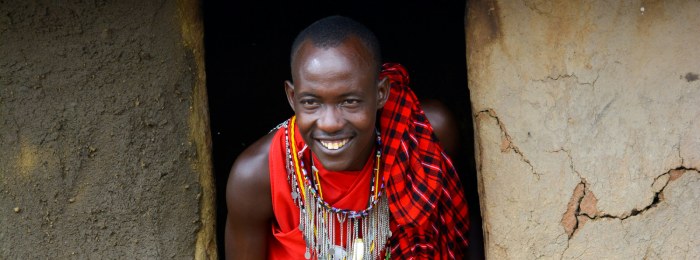
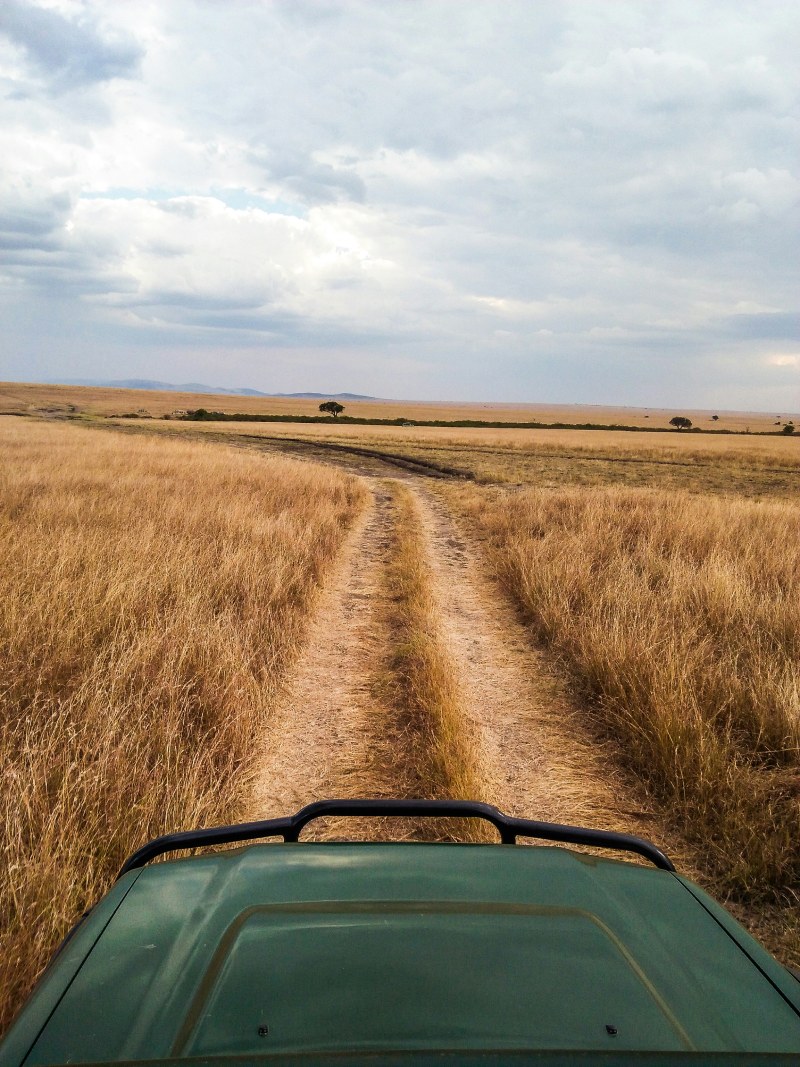
Climate
Across the country, the hottest months are from December to March. The months of July to September are perfect for a sunny holiday, with pleasant warmth and maximum temperatures around 25 to 29 degrees Celsius (77 to 84 degrees Fahrenheit). The sun shines bright often and there is occasional rain. It is advisable to carry some heavy clothing as the nights tend to be cold. However, there are some variations in the climate between the different regions of Kenya.
The ideal time to experience Kenya’s remarkable landscapes and wildlife wonders is from June to October. This period promises a splendid journey with moderate heat. However, Kenya’s diverse geography and temperate climate make it an exceptional year-round destination. Most destinations are also at their best between January and the end of March, when the climate is mild and mostly dry, and you’ll avoid the peak season crowds and take advantage of lower, off-season rates.
Be ssure to bring sunscreen and mosquito repellent, as Kenya’s warm climate and lush landscapes are home to a variety of insects.
Language
Due to the linguistic diversity of the country, there are two official languages in Kenya – English, and Swahili. The national language is Kiswahili while English is the official language, the majority of urban Kenyans understand and can communicate in English.
It is a good idea to learn a few phrases in Swahili, the national language, as it will help you connect with locals and navigate your way around the country.
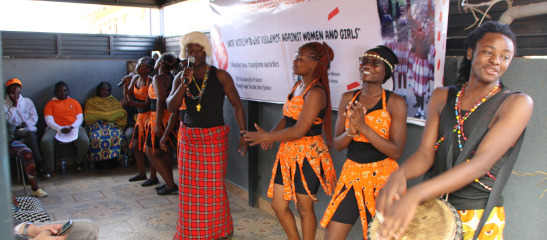
Meet the Guides
Javan Oliech works for our partner organization, Footprints for Change, as a program lead. He is a motivated mentor who excels at collaborating with other community team members to solve issues, devise creative solutions and ensure smooth sailing for the youths and learners within the informal settlements in Kenya. As an enthusiastic, well-travelled individual with excellent communication skills, he is sure to make a positive contribution to Farafina Travels and ensure outstanding traveler experiences. His expertise lies in organizing and leading trips, advising travellers on travel options, and translating/interpreting foreign languages (English to Swahili). Additionally, his established success in swiftly resolving traveler concerns and issues in stressful and/or unfamiliar environments has prepared Javan to make a significant and immediate impact. His proven ability to lead impactful foreign destination tours, along with strong interpersonal and time management skills, contributes immensely to the success of Farafina Travels.

